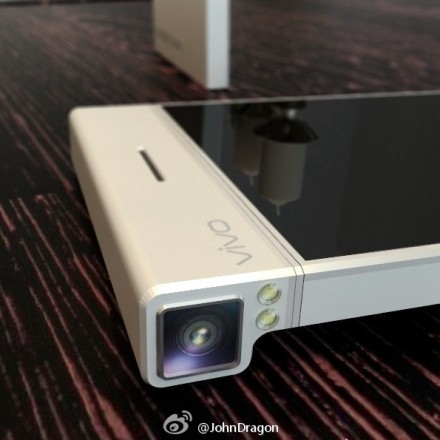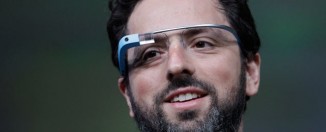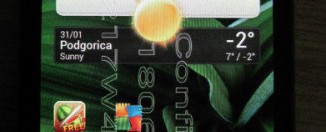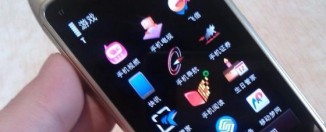Disposable Photos from your Mobile Camera Phone
43 Folders have an interesting post on the creative uses that a mobile camera phone can be put to (other than slapping random people in the face to see what pain and disgust look like, as practised by emotionally challenged happy slapping chavs).
As well as pretty obvious things that you’d do with a camera anyway (such as take pictures of a house you might want to buy, or of a car crash – sorry, ‘fender-bender’), they also mention other creative uses that could only work with a mobile camera phone. These uses generally involve the transient capture of pics not for the pics themselves, but as a memory aid. For example:
- Remember where you parked
- “Wishlist” items you might want to buy later
- Record the hours of a new store
- Photo your To-do list
- Snap the little scrap of paper with name or phone # on it then throw it away.
I particularly like this last idea – I’m forever jotting down people’s names and phone numbers on the back of an envelope, then throwing it away later on, forgetting the number’s on it.
But this got me thinking – photographing things as an aide memoire is a new use for photography (at least new in the sense that potentially anyone can do it). No longer does the picture itself, or the composition, style, content, etc., matter – only the information contained within the picture. Pictures then become replacement ToDo lists, calendars, address books, etc., but act as temporary information holders before being consigned either to the bin or to a more permanent location (such as your address book). Effectively, photographs are being used as short term memory before being processed and formatted for use in long-term memory (i.e. made machine-readable for storage by your PC or smartphone).
All that’s needed for this to become a part of everyday life is a service that I discuss after the jump – a DisposableFlickr…
A new mobile camera phone service
This new use for photographs has only become economically possible with digital cameras (zero processing costs), and only practically possible with mobile camera phones (zero costs + you have them on you all the time). Effectively it’s leading to a new form of photo – the disposable photo. Not one you want to keep, for the memories it evokes, or for posterity, or even for the beauty of a scene; but one you want to keep just long enough to hold the information it contains before it gets sent to be processed or thrown away.
This is an idea that surely will become more prevalent as more people take to mobile camera phones and use them more naturally. Indeed, as the current crop of toddlers grows up, the idea will be seen by them as completely natural. Don’t forget, we older folk (yes, all of you who still remember mobile phones without cameras – which should be all of you!) see the camera phone as a novelty still, and no doubt use it largely as we’d use a normal camera: rarely, and for the ‘right moment’! But people born in the past few years will grow up with these devices as the norm and their use of them will be radically different from our own. Seeing photos as disposable rather than works of art will just be the way of the world to them.
So this is an idea that’s going places, but there’s still much improvement to be made before it really takes off. Currently, there’s still too much effort involved for pics ot be truly disposable. Sometimes the camera takes a while to initialise. Once the picture’s taken, it can take a while to find it again. Deleting pictures you no longer want or need is even more arduous than deleting old contacts or text. This surely cries out for a new service.
DisposableFlickr
Nokia already have their LifeBlog concept. Perhaps its time to update that with a sort of Disposable Flickr? Rather than store all your pictures all the time (and for your whole life!), simply provide a space online for peope to store, say the past 30 days’ worth of images. The pictures taken on a camera phone can go into a special disposable folder on the phone itself, and a similar folder on the online service. You get to recall your disposable photos at the touch of a button, as do your friends using the online service. After 30 days, the photos get wiped. By having a separate folder for disposable photos, you’re able to distinguish between those you’re using as a memory aid, and those you’re using to ‘capture the moment’. Makes perfect sense – it can only be a matter of time before one of the big handset manufacturers adopts the idea, and I, for one, with my lousy memory, can’t wait.







